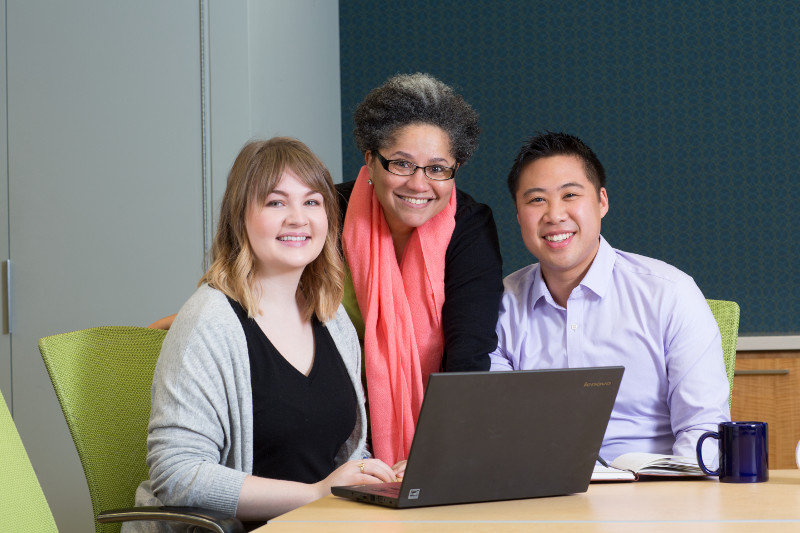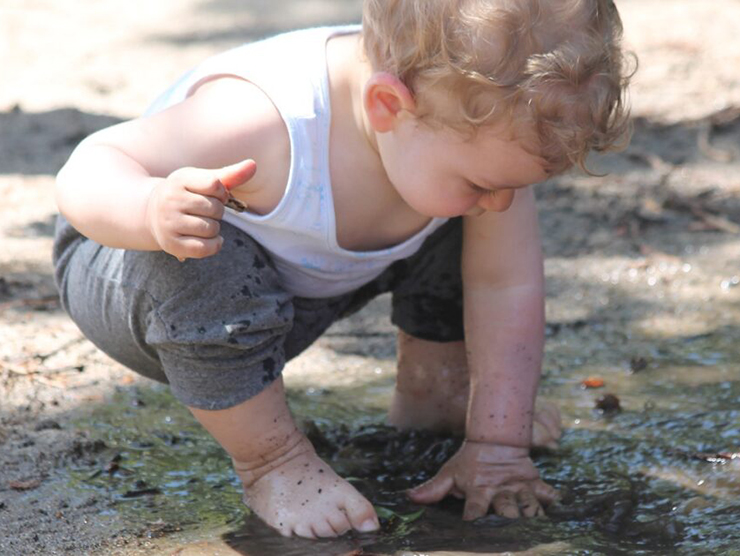Join us for a replay of one of our classic episodes! “What happened to my world?” “Am I going to be okay — will everyone be okay?” When stress and trauma disrupt your child’s life, what can you say and do to help them feel safe and secure? Early childhood experts Rachel Robertson and Claire Goss say the four pillars of security — people, places, routines, and rituals — can guide your child through difficult times. On this episode, learn how to bring these pillars to life and find out how you can use them to offer reassurance and reduce the effects of toxic stress.
You can also listen to this podcast episode on Spotify, Apple, YouTube and Libsyn.





